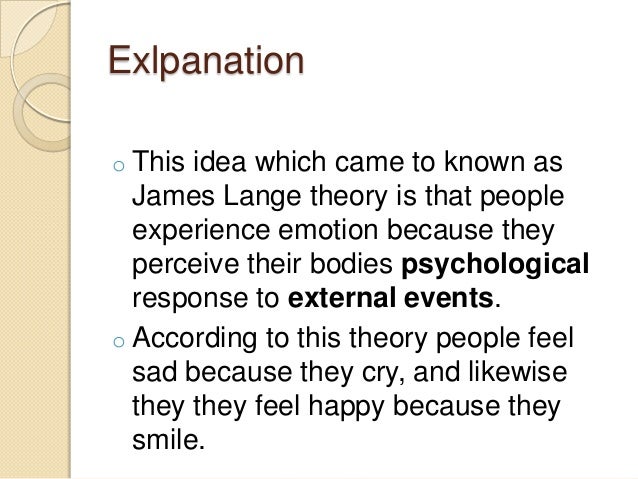

According to the Schacter–Singer theory, emotion results from the interaction between two factors: physiological arousal and cognition. The Schachter–Singer theory views emotion as the result of the interaction between two factors: physiological arousal and cognition. It is in the cortex where such information is associated with conditioned processes, which in turn determine the direction of the response and stimulate the thalamic processes. An individual’s sensory organs take in an emotional stimulus, and then information about that stimulus is relayed to the cerebral cortex. The optic thalamus, in particular, is a region that contains the neural organizations for different emotional expressions. Even though they occur at the same time, your emotional reaction and your physiological reaction would be separate and independent.Īccording to the Cannon–Bard theory, emotional expression results from activation of the subcortical centers of the brain.

This theory posits that when you see a venomous snake in your backyard, you feel fear at exactly the same time that your body initiates its physiological fight-or-flight response.


 0 kommentar(er)
0 kommentar(er)
